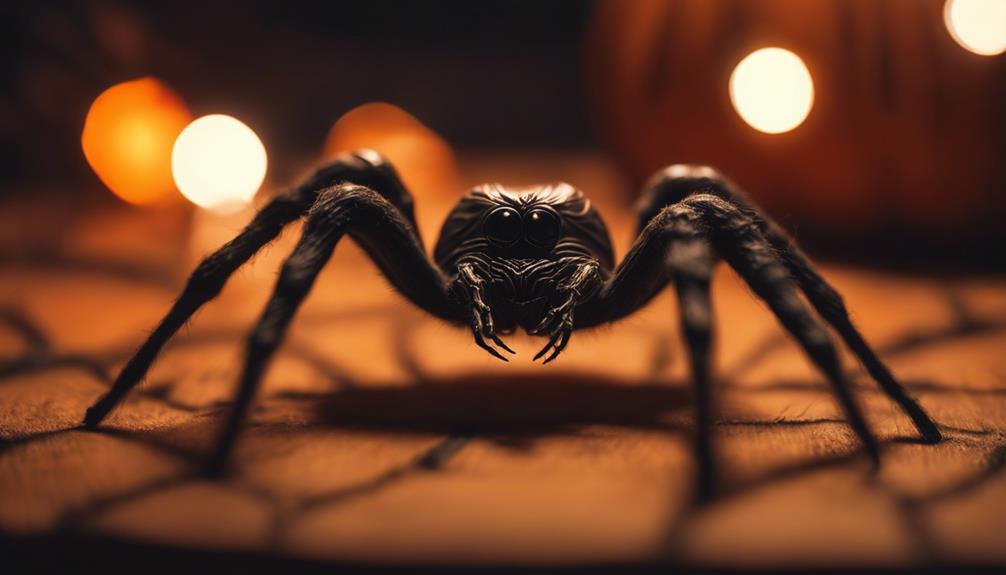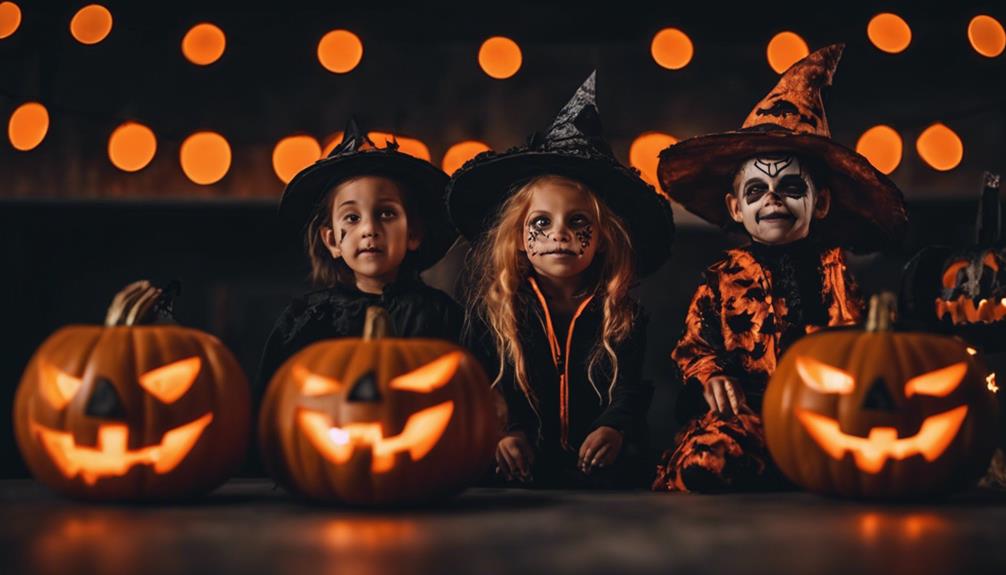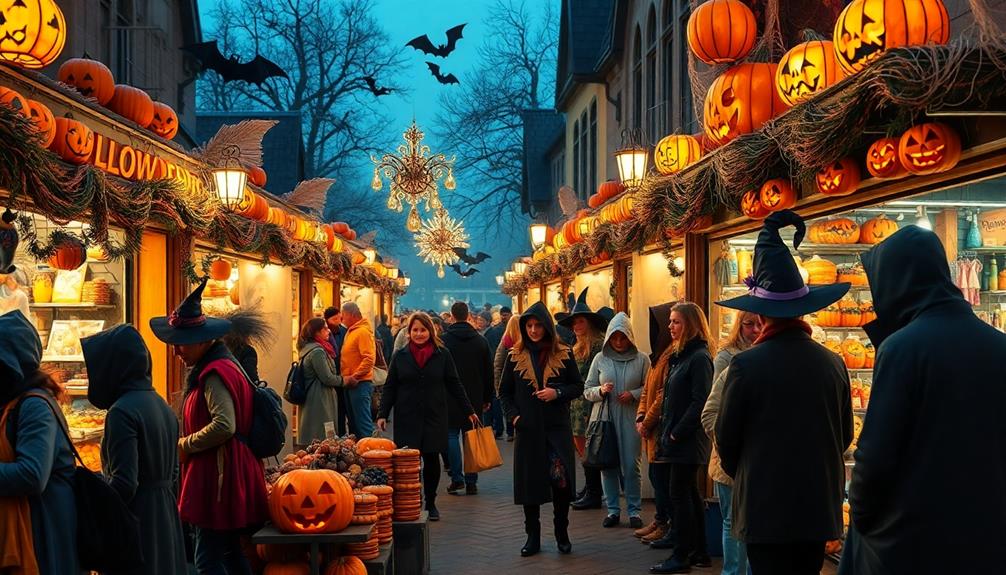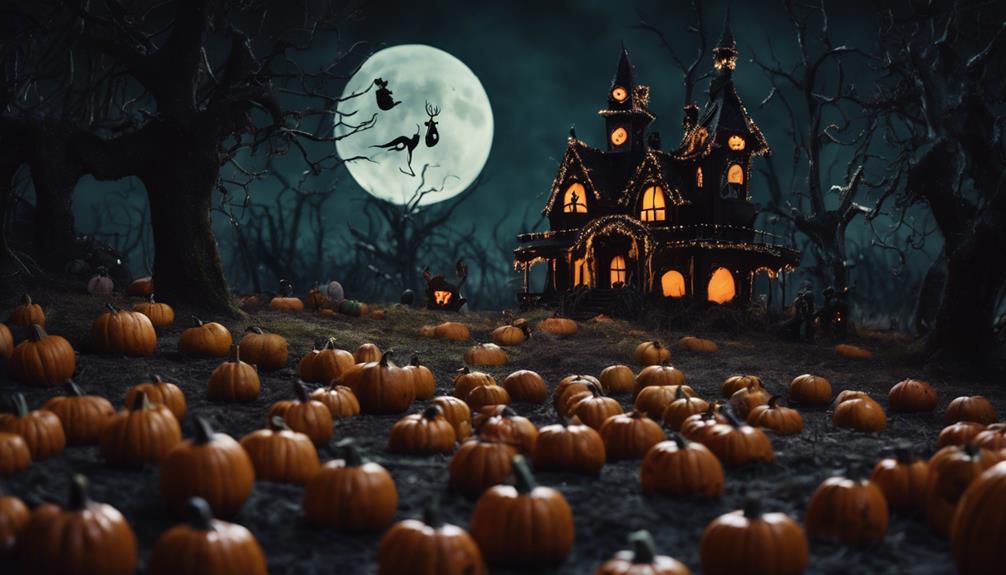Halloween spiders, typically more prone to fleeing, rarely bite humans unless provoked. Their bites are mainly used for catching prey, not harming people. These spiders are non-aggressive and tend to retreat or hide from humans. In case of aggression, they may show signs like raising their bodies, displaying fangs, or vibrating their webs. Knowing spider behavior can help you avoid bites. Factors such as accidental disturbances can influence a spider's reaction. Remember, Halloween spiders, such as Marbled Orbweavers, prioritize retreating over biting. Understanding more about spider behavior can help you stay safe around them.
Key Takeaways
- Halloween spiders rarely bite humans.
- Bites are for prey, not aggression.
- Venom is mild, posing low risk.
- Understanding behavior reduces bite chances.
- Spider control and caution minimize bite risks.
Spider Behavior and Biting Habits
When it comes to Halloween Spiders and their behavior, biting is a rare occurrence primarily reserved for subduing prey rather than defending against larger creatures like humans. These spiders, such as the Marbled Orbweaver, are typically found in wooded areas where they create intricate webs to catch insects for food. Their slow movements and non-aggressive nature mean that they aren't considered important to humans. While spider bites are rare, they may happen if a spider feels threatened or trapped. However, Halloween Spiders are more likely to flee or hide when encountering humans rather than resorting to biting.
In wooded areas, Halloween Spiders play a significant role in controlling insect populations by preying on them. Their primary purpose for biting is to immobilize their prey with venom, which isn't usually harmful to humans. Understanding their behavior can help you appreciate these fascinating creatures and coexist with them peacefully. Remember, if you encounter a Halloween Spider, admire its beauty from a distance and let it continue its essential work in nature.
Understanding Halloween Spider Venom
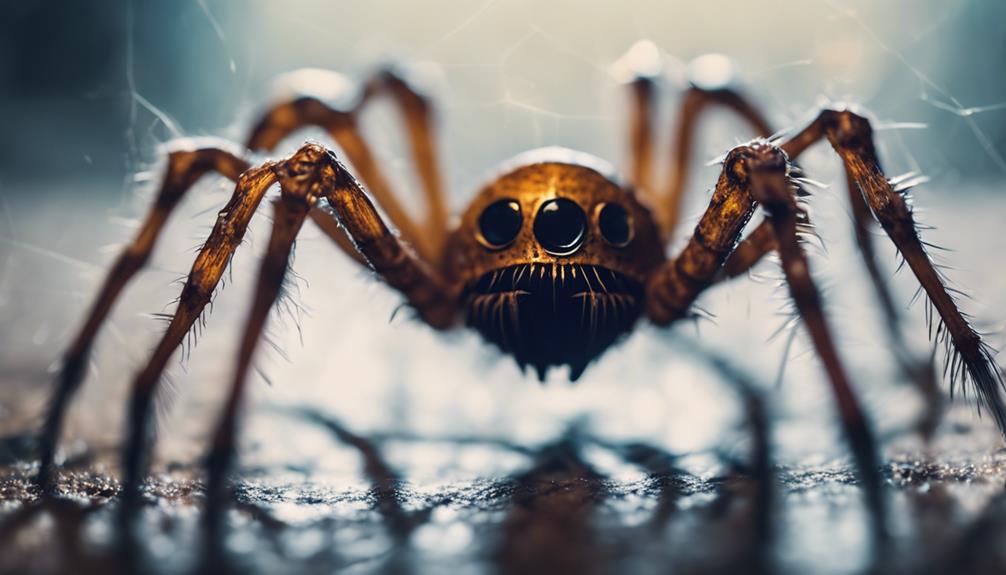
Understanding Halloween Spider Venom reveals that their bites are primarily geared towards subduing prey rather than defending against larger creatures like humans. Halloween spiders, such as the Marbled Orbweaver, are known for their orange color form and utilize their venom to immobilize insects for feeding purposes. Below is a table summarizing key points about Halloween spider venom:
| Aspect | Information |
|---|---|
| Purpose of Venom | Used primarily for subduing prey like insects rather than as a defense mechanism against larger animals like humans. |
| Venom Potency | Not considered seriously harmful to humans; bites typically result in mild local reactions such as redness, swelling, or itching. |
| Behavioral Characteristics | Halloween spiders are slow to bite and non-aggressive, making bites rare; advisable to avoid provoking or handling them to prevent bites. |
While Halloween spider venom is not a significant threat to humans, it is essential to exercise caution around them to avoid potential bites. If bitten and experiencing severe symptoms or suspecting a venomous spider bite, seeking medical attention promptly for proper evaluation and treatment is advisable.
Factors Influencing Spider Bites
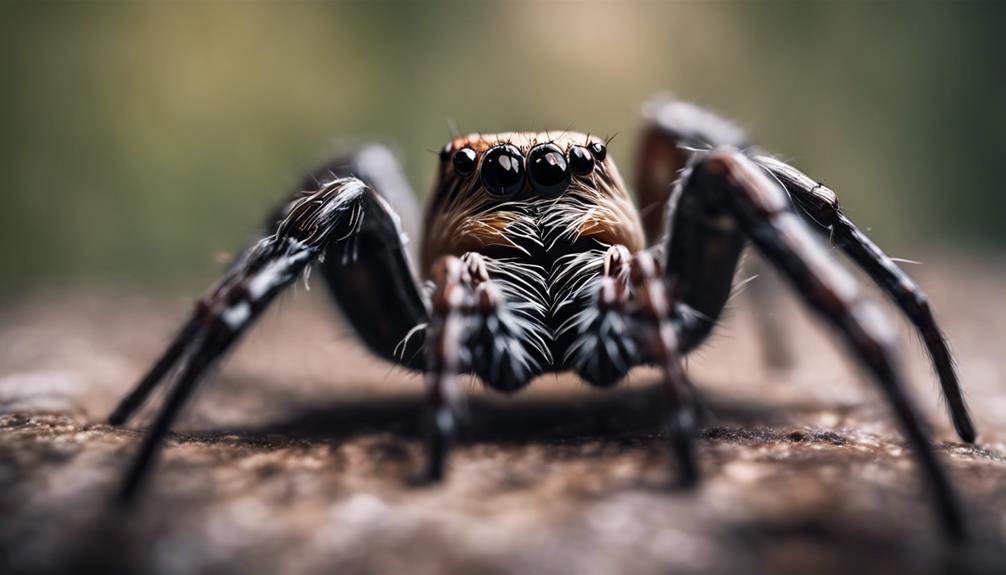
Factors that influence spider bites may include accidental provocation, handling, or feeling threatened. It should be emphasized that spiders, like Marbled Orbweavers or Halloween Spiders, typically prefer to retreat rather than bite unless they perceive a direct threat.
Bites are rare occurrences and are generally not harmful to humans, as these spiders aren't considered seriously venomous. Understanding spider behavior and respecting their space can greatly reduce the risk of being bitten. The time of year can also play a role in spider activity and potential bites. During warmer months, spiders may be more active, increasing the chances of accidental encounters.
Being mindful of your surroundings, especially in areas where spiders may dwell, can help prevent unintentional provocations that might lead to a bite. Remember, most spiders would rather avoid confrontation than bite, so staying calm and giving them space is key to minimizing the risk of being bitten.
Identifying Signs of Spider Aggression
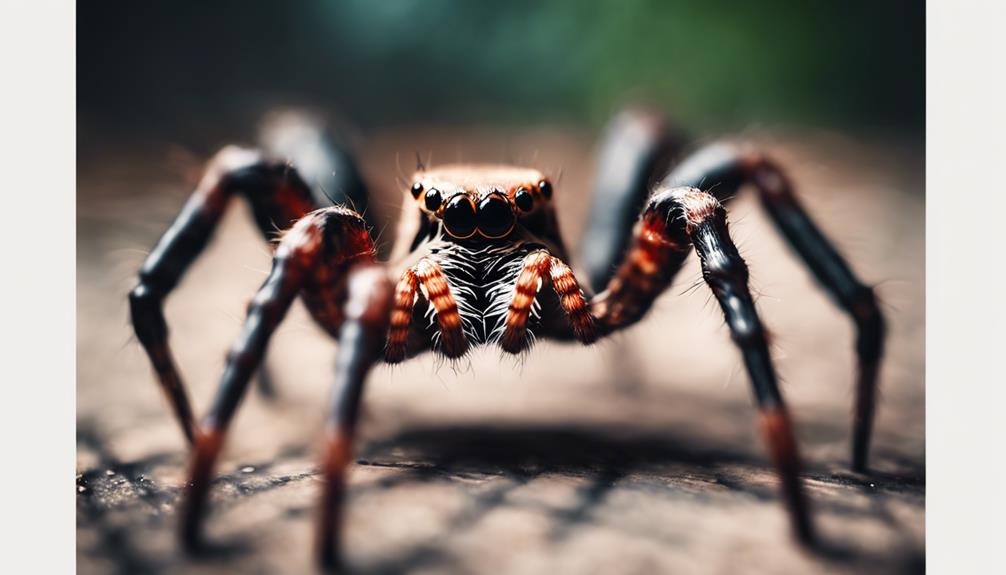
To recognize signs of aggression in Halloween Spiders and other species, observe their body language for cues like rearing up, fang display, or web vibration. When you encounter one, being able to identify these behaviors can help you understand if the spider feels threatened or defensive. Here is a table summarizing key signs of spider aggression:
| Signs of Spider Aggression | Description | Example |
|---|---|---|
| Rearing Up | Spider stands on hind legs | Spider elevates its front legs |
| Fang Display | Spider shows its fangs | Spider opens its mouth to display fangs |
| Web Vibration | Spider vibrates its web | Web shakes rapidly when disturbed |
Safety Tips Around Halloween Spiders
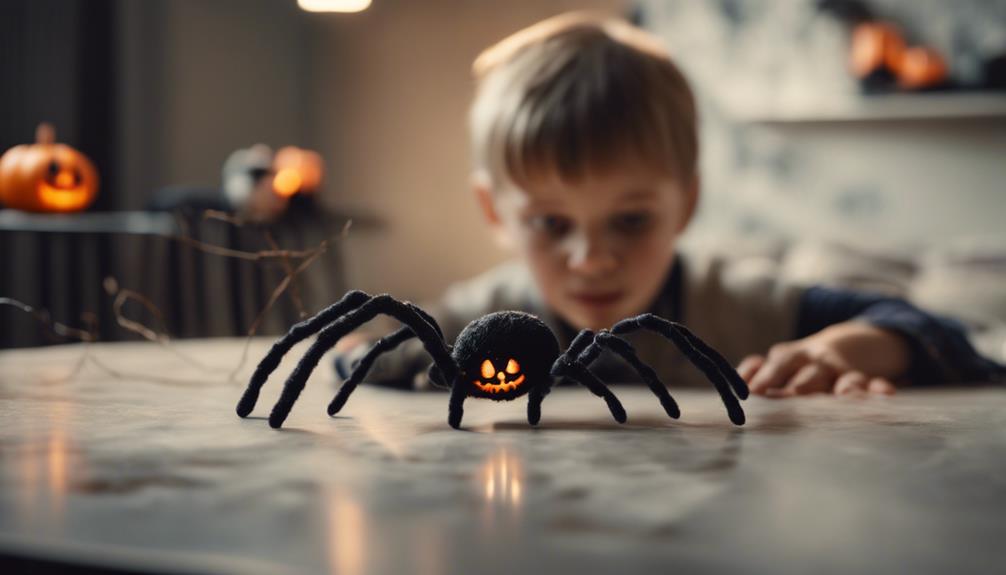
For a safer interaction with Halloween Spiders, always be mindful of their behavior and avoid provoking them unnecessarily. Halloween Spiders, such as the Marbled Orbweaver, are commonly black and white, with unique patterns on their bodies. These spiders are generally slow to bite and aren't considered seriously venomous to humans. Their main defense mechanism is to run away rather than attack, making them harmless if left undisturbed.
To guarantee safety around Halloween Spiders, it's important to refrain from handling them and give them space to retreat if encountered. Remember that bites from these spiders are rare and typically occur when the spider feels threatened or cornered. By respecting their space and behavior, you can minimize the risk of any potential bites.
If you do get bitten, clean the affected area with soap and water, apply a cold compress, and watch for any signs of allergic reactions or worsening symptoms.
Treating Halloween Spider Bites
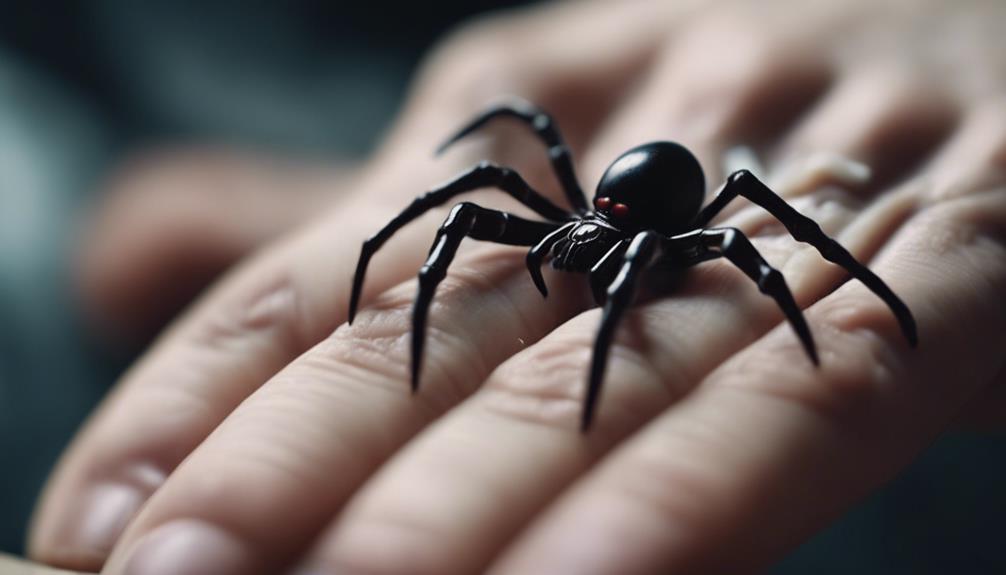
When treating Halloween spider bites, it's important to promptly clean the affected area with soap and water. Halloween spiders aren't aggressive, and their venom isn't harmful to humans, causing symptoms like redness, swelling, and itchiness similar to a mosquito bite.
After cleaning the bite, applying a cold compress can help reduce swelling. Additionally, using antihistamines or corticosteroid creams can alleviate itching. In rare cases of severe reactions, seek medical attention for proper evaluation and treatment.
To guarantee Halloween spider bites, avoid direct contact with spiders, wear protective clothing outdoors, and promptly consult a healthcare professional if bitten. If you have any concerns or questions about treating Halloween spider bites, feel free to reach out to us at the provided email address.
Myth Busting: Halloween Spider Bites
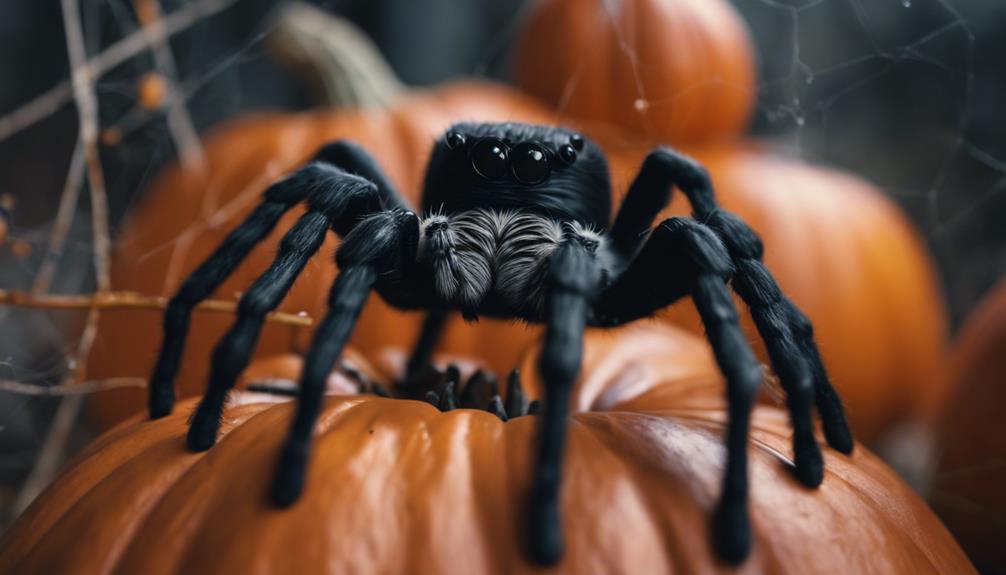
Debunk common misconceptions about Halloween spider bites with factual information about their behavior and venom. Halloween spiders, like the Marbled Orbweaver, are usually slow to bite and aren't considered seriously venomous. Here are some key points to help dispel the myths surrounding Halloween spider bites:
- Behavior: These spiders are more likely to retreat than to bite, only doing so when provoked or accidentally handled.
- Venom: While their venom isn't harmful to humans, it's potent enough to quickly immobilize their insect prey.
- Encounters: Interactions with Halloween spiders generally result in no bites or minimal effects if a bite does occur.
Years ago, Halloween spider bites were mistakenly feared, but now it's understood they aren't a significant concern.
Promoting Coexistence With Halloween Spiders

To foster a peaceful coexistence with Halloween spiders, consider the benefits of understanding their behavior and habitat for harmonious interactions.
Halloween spiders, slow to bite and not seriously venomous to humans, play an essential role in controlling insect populations. Encouraging their presence can help reduce pest populations around homes and gardens.
Instead of harming them, gently relocating these spiders can promote a harmonious environment. By understanding their behavior and habitat, you can engage in peaceful interactions with Halloween spiders.
Remember, interactions with Halloween spiders have never made a significant impact on human health due to their low venom toxicity. Embracing their presence can lead to a mutually beneficial relationship where these arachnids contribute to maintaining ecological balance.
Frequently Asked Questions
Is a Halloween Spider Poisonous?
A Halloween spider isn't poisonous to humans. Their venom, while effective against insects, is generally harmless to people. If you were to be bitten by one, it would likely just cause mild irritation, like a bee sting.
Do Pumpkin Spiders Bite Humans?
Pumpkin spiders, also known as Marbled Orbweavers, rarely bite humans unless provoked or threatened. Their venom isn't harmful to people, causing only minor discomfort like localized pain or irritation.
If you encounter one, it's best to admire from a distance to avoid potential bites. Remember, these spiders are more likely to run away or pretend to be dead when faced with danger. So, enjoy their beauty from afar and you'll be safe!
Which Spider Can Bite You?
Being cautious is important when dealing with spiders that can bite, such as the Black Widow and Brown Recluse. These spiders possess venom that can be harmful to humans. It's crucial to exercise caution around these species and seek medical attention if bitten.
Understanding the characteristics of different spiders can help you stay safe and know how to respond in case of a bite. Remember, prevention is key to avoiding potentially dangerous encounters with biting spiders.
Do House Spiders Bite at Night?
At night, house spiders may bite if disturbed during their active hours. While not aggressive, they may react defensively if provoked.
Halloween Spiders, a type of house spider, can deliver a bite when handled roughly. Their venom is usually not harmful to humans. To avoid bites, respect their space and handle them gently.
If bitten, symptoms are typically mild, like redness and swelling. Stay cautious during encounters to reduce the risk of bites.
Conclusion
To sum up, Halloween spiders don't typically bite humans unless provoked. By understanding their behavior and venom, as well as recognizing signs of aggression, you can safely coexist with these creatures. Remember to follow safety tips and seek medical attention if bitten.
For example, a person who accidentally disturbed a Halloween spider in their home and was bitten on the hand experienced mild swelling and redness, which subsided with proper treatment. By being informed and cautious, you can enjoy a spooky Halloween without fear of spider bites.
